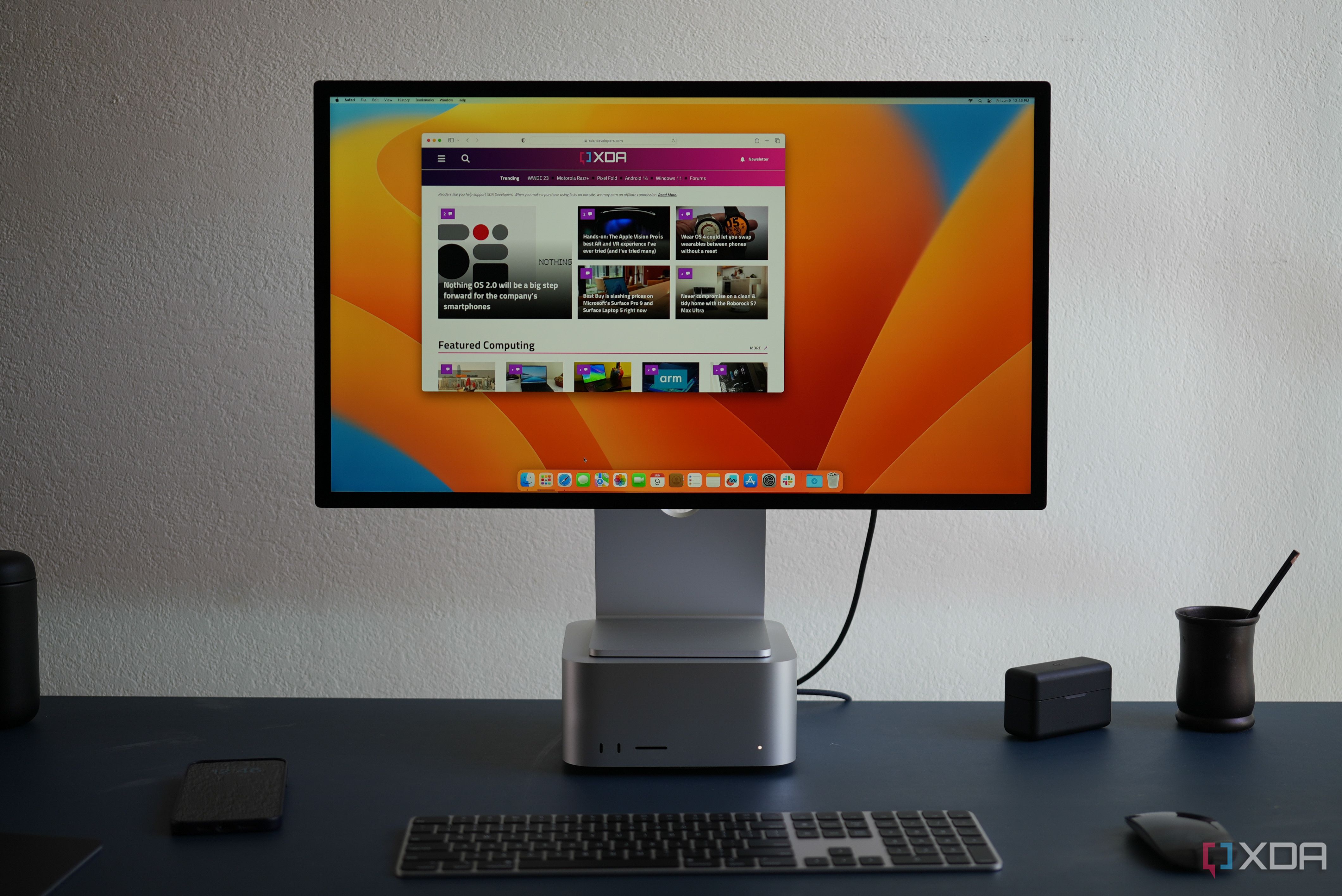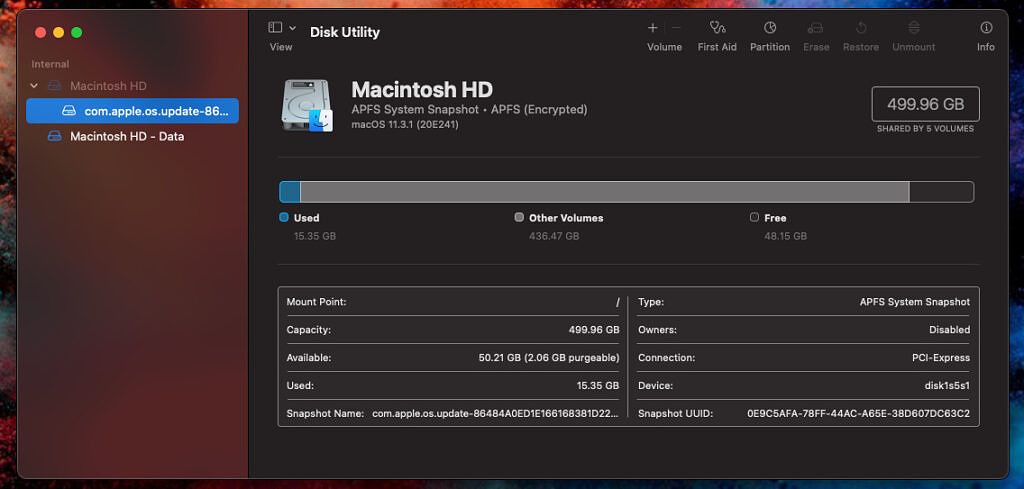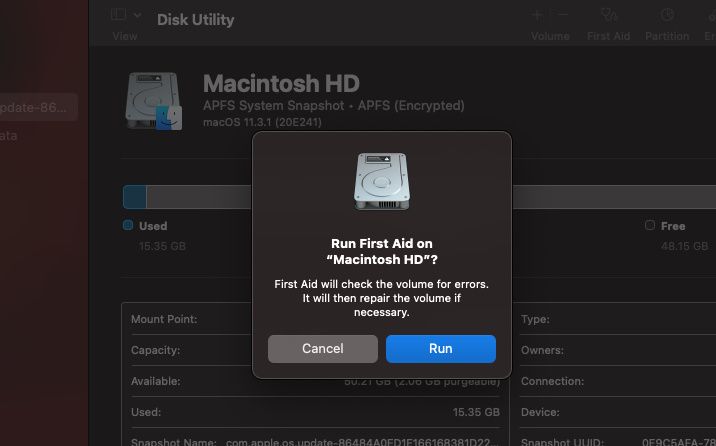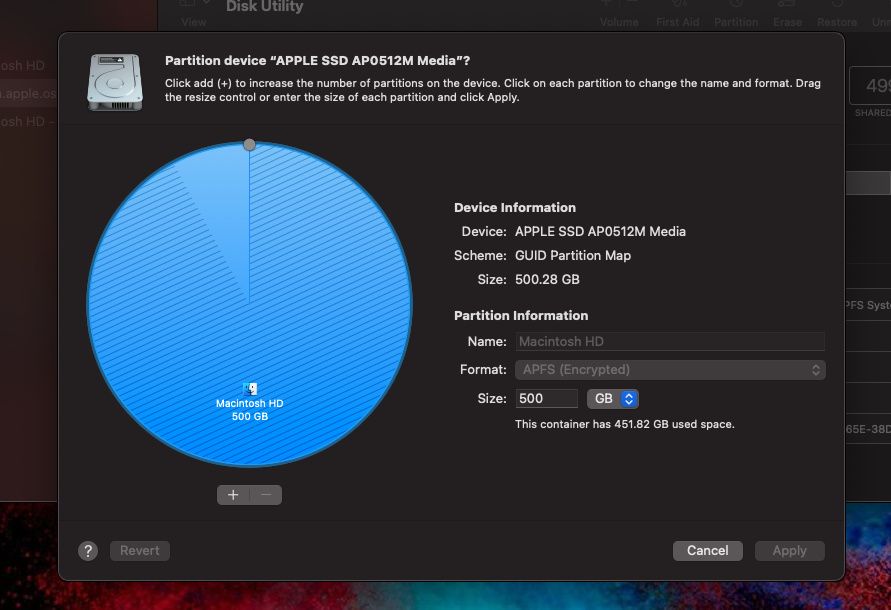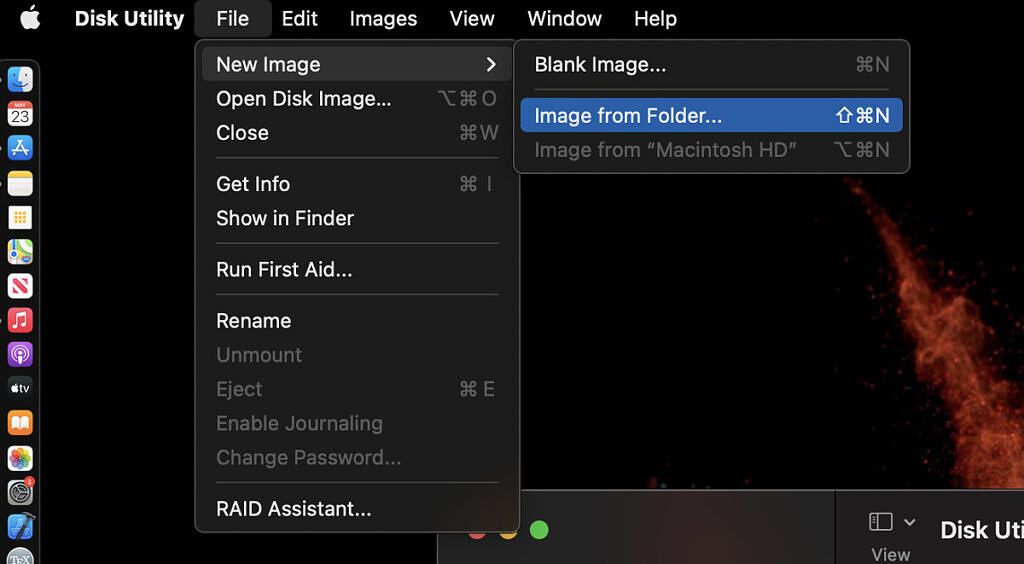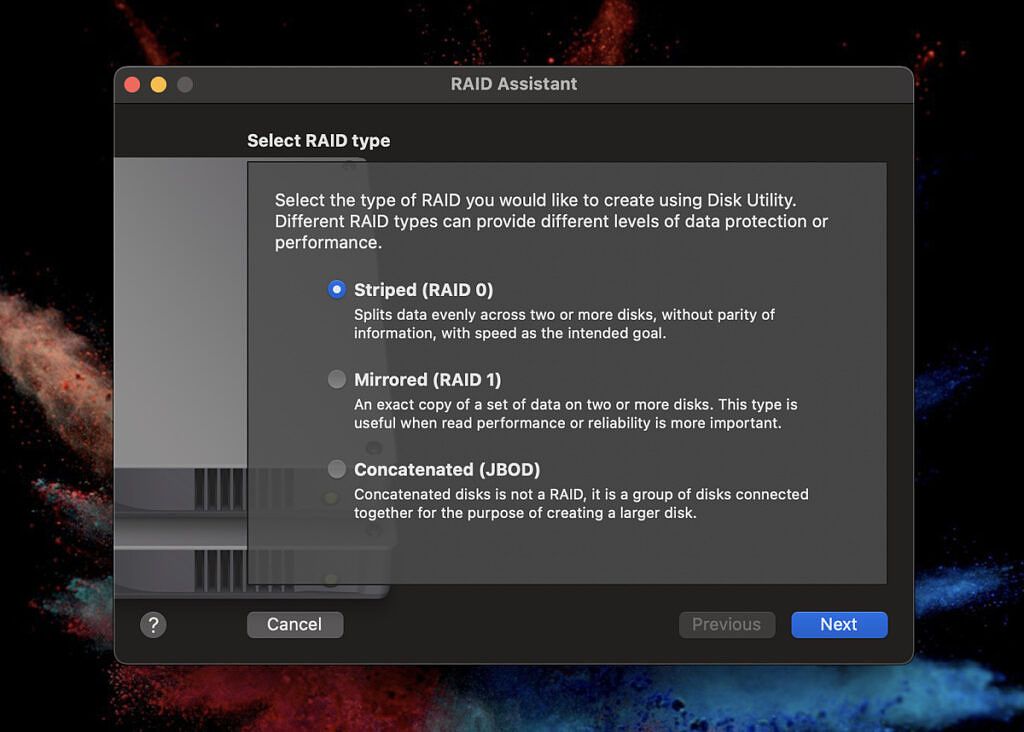Quick Links
Not only do Apple's latest Macs offer durable hardware that you can rely on, but they also remain supported through software updates for many years. This means that even older machines get to utilize macOS Sonoma and its built-in features and apps, which include Disk Utility. So what is the Disk Utility app all about, and what can it do? Let's see.
What's Disk Utility?
Disk Utility is a first-party macOS app, located in the Utilities folder. The most common use of the Disk Utility app involves checking for errors on your disks or volumes. This tool is also helpful in repairing issues with your disks if it detects any. Many users never explore Disk Utility beyond this simple use-case. As we will see, Disk Utility on Mac offers a plethora of other powerful tools.
Check for and repair errors on your disks and volumes using Disk Utility
Checking for errors within your disks and volumes is a breeze with Disk Utility. If you're experiencing multiple app crashes, corrupted files, or sudden reboots, then this is a great option to explore.
To check and repair a disk, you need to run First Aid on each volume and container on the storage device in turn, then run it on the storage device itself. After running First Aid on each volume and the disk itself, you'll receive a report of any errors found. Typically, any issues found are automatically repaired. If you receive an error message, instructions are provided to either reformat the disk or replace your hard drive if it cannot be repaired.
Format and manage volumes on physical storage devices using Disk Utility
Before diving into this popular use of Disk Utility, it's important to understand the difference between a disk and a volume. These words appear frequently in the Disk Utility menu. The term “disk” refers to the physical hard drive itself. A volume is merely a formatted portion of a disk. Since a volume is a subset of the disk, if you erase the disk then all volumes contained within it are also deleted. On the other hand, you may erase a particular volume without erasing the entire disk.
To distinguish between erasing a volume and erasing a disk, we often say we are formatting the disk. This concept is important. That's because Disk Utility offers the option to erase volumes and the ability to format a particular disk. If you are interested in erasing a volume, you have both basic and secure options. Formatting an entire disk takes longer than erasing a volume, but this option is also available in Disk Utility. Note that if you would like to format your Startup disk, then you must boot into macOS Recovery mode and choose Disk Utility from the menu.
Create a disk image to encrypt folders using Disk Utility
A disk image is a single file you can use to move files from one computer to another or to back up and archive your work. Disk Utility allows you to create new disk images for either purpose or even use the image to encrypt folders on your Mac.
Creating a new disk image from a folder is already a menu option from within Disk Utility, making it very easy to use. It's worth keeping in mind that large folders can take quite a long time to encrypt. After you've encrypted your folders, it's easy to move these to an external storage device to free up space on your hard drive.
Combine multiple hard disks into a RAID set that acts as a single disk
The final popular use of Disk Utility is a bit more advanced. Using multiple hard disks in a RAID set can increase the performance, reliability, and storage capacity of your data storage system. Many power users prefer to maintain a RAID set to increase performance for multimedia applications like video editing. Implementing a RAID array can boost productivity performance and write speeds for creators when paired with a powerful laptop. The ability to create and manage RAID arrays recently returned to macOS after OS X El Capitan removed it.
Within Disk Utility you'll find the option to create and manage four popular RAID versions:
- RAID 0 (Striped)
- RAID 1 (Mirrored)
- RAID 10 (Mirrored set of Striped drives)
- JBOD (Just a bunch of disks)
Each of these configurations has pros and cons, but each is seamlessly managed within Disk Utility by default. Keep in mind that if you attempt a RAID configuration, the most important first step is to back up all of your data! If you are in need of a good external storage option for your Mac, check out our list of best Mac accessories.
Final thoughts
Disk Utility is one of the most useful native macOS apps for troubleshooting issues with your hard drive. In addition, you can perform several important backup and encryption tasks from within the application as well. If you're an advanced user, you may also find the RAID creation and management tool useful for your workflow. Throughout the life of your Mac you won't need to repair issues too often. However, knowing Disk Utility can help should put your mind at ease.

